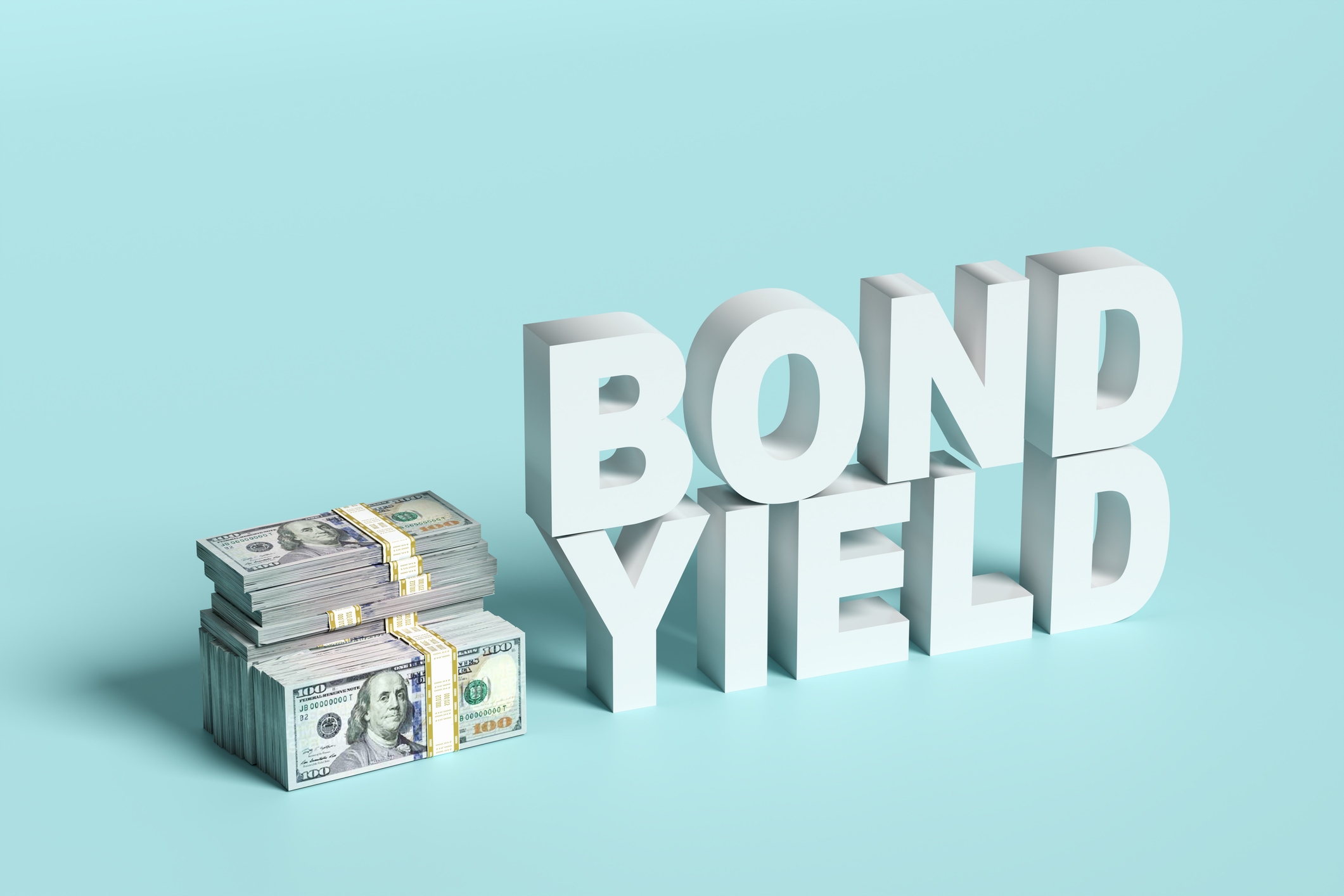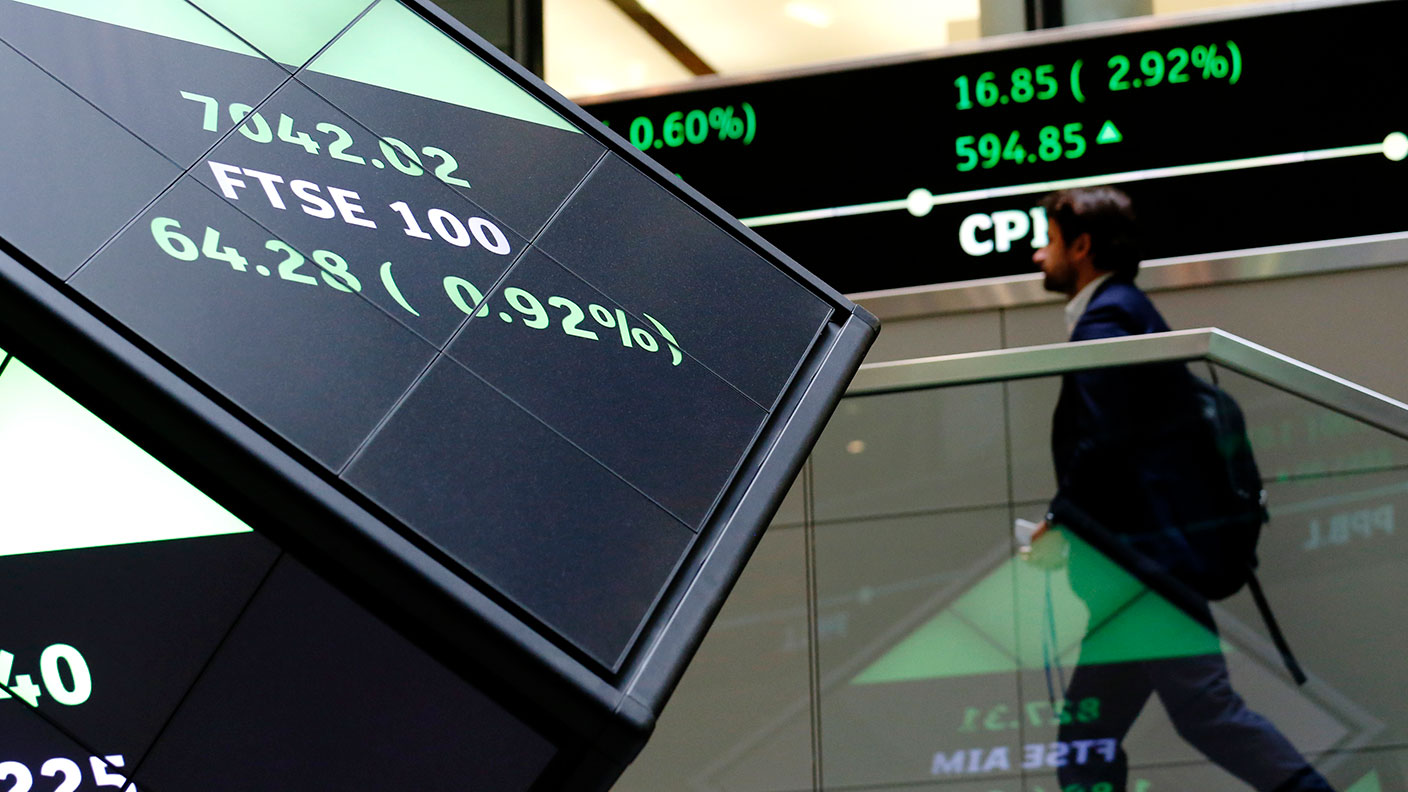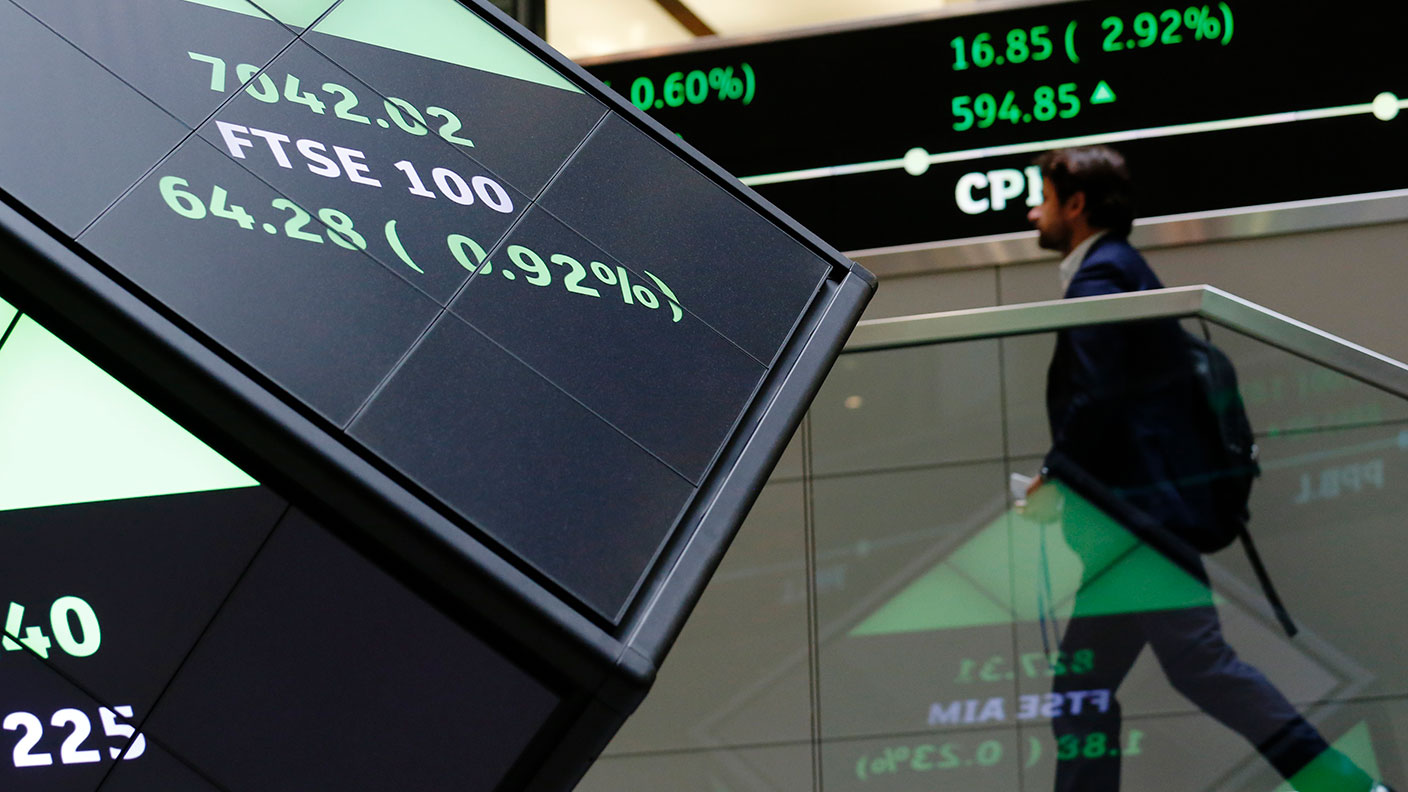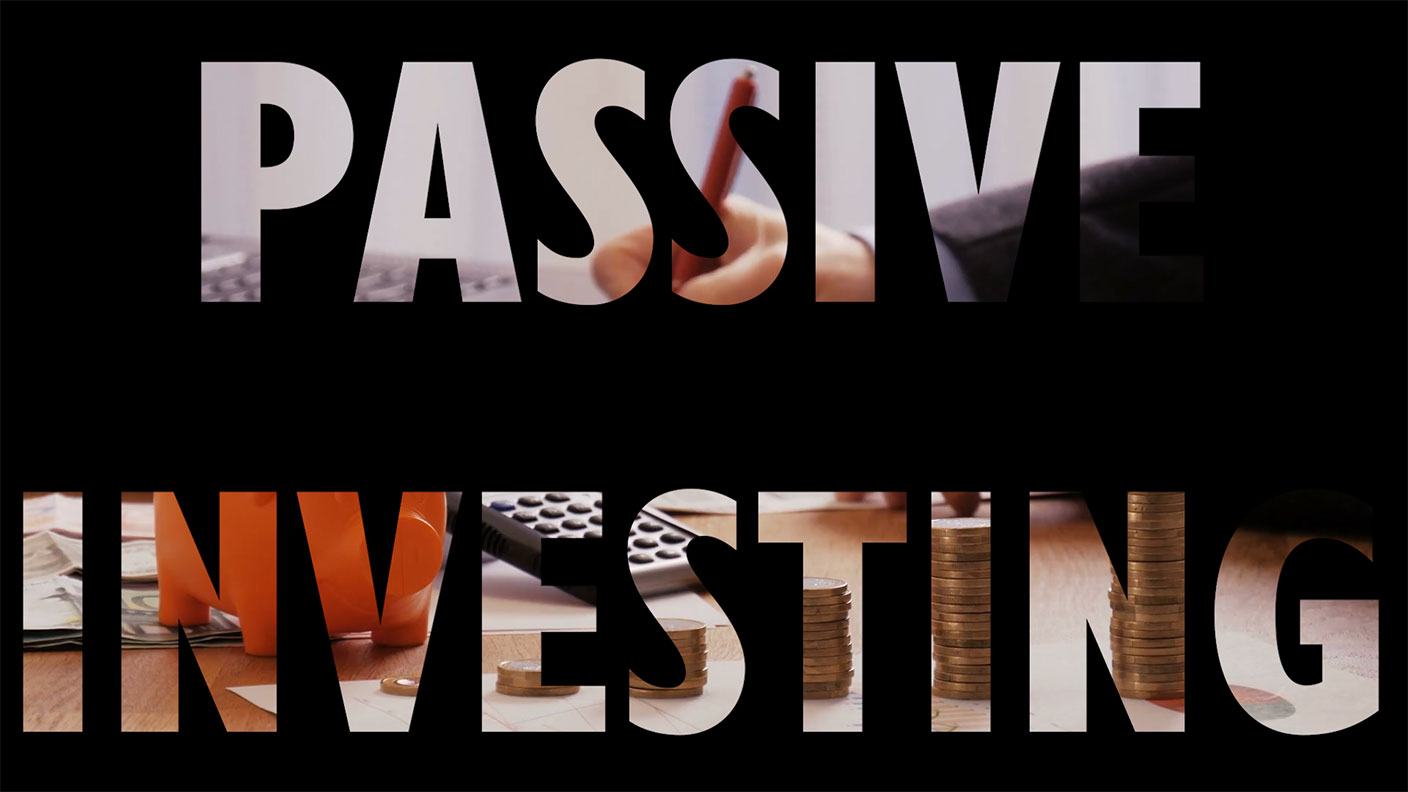What’s the difference between active and passive investing?
Active and passive funds have different objectives, and it’s important for investors to understand the pros and cons of each


The active versus passive divide is the key defining characteristic of different fund types and strategies.
Picking the top funds for your portfolio is going to have an impact on how it performs over the long run. Anyone just starting out in investing, or wondering what the best funds for beginners might be, could easily be overwhelmed by the range of funds on offer.
Understanding the difference between active and passive funds and the pros and cons of each is going to be key in deciding which funds to add to your portfolio, and why.
MoneyWeek
Subscribe to MoneyWeek today and get your first six magazine issues absolutely FREE

Sign up to Money Morning
Don't miss the latest investment and personal finances news, market analysis, plus money-saving tips with our free twice-daily newsletter
Don't miss the latest investment and personal finances news, market analysis, plus money-saving tips with our free twice-daily newsletter
“The key difference lies in how investment decisions are made,” says Dan Moczulski, managing director at eToro UK. “Active investing tries to beat the market, while passive investing tries to match it.”
Passive funds will give a similar return to the aggregate of whatever market or sector they track. Returns might not be identical, but they will almost always be very close. That means investing in passive funds can’t generate meaningfully higher returns than the fund’s target market.
Active management offers at least the possibility of generating better returns than the market. But there is a catch: active funds can also significantly underperform.
What is passive investing?
Passive funds are set up to replicate the performance of a specific index.
As such, they offer investors exposure to the ups and downs of any given market or sector.
One of their advantages is that they are low-cost. Investors who want simple, inexpensive exposure to the stock market will likely favour passive funds.
But because they follow the rest of the market, passive funds buy whatever is going up in price. That can compound, leading to concentration risk.
"Global indices are heavily concentrated with around 70% in US equities and more than 20% for big tech," says Matthew Spencer, head of UK retail at Orbis Investments. In this environment, "investors in a passive global equity tracker, such as the MSCI World Index, are taking on more exposure to a narrower slice of the market than they might realise".
What is active investing?
Active investing is a more hands-on approach, where the investor tries to buy and sell particular investments at the right time to ensure that their portfolio is always performing ahead of the market. Usually, active funds will compare their performance to a comparable passive index (a ‘benchmark’) that reflects their market or sector, and try to outperform it.
“Active investing is all about agility,” says Moczulski. “A skilled manager can spot assets at an attractive price, tilt the portfolio toward tomorrow’s winners, and even duck into cash or sturdy defensive sectors when storms roll in.”
Actively-managed funds usually charge higher fees than passive funds because of the work and skill required of the fund manager.
Despite this, there is no guarantee that an active fund manager will outperform their benchmark. In fact, they often underperform.
Should you buy active or passive funds?
In an ideal world, active investors buy assets when they are cheap, and sell them when they are expensive. That way, they generate better returns than can be achieved by simply buying the stock market at any given time. But that’s easier said than done.
Most of the time, active funds underperform passive equivalents. Data from Morningstar, for example, found that just 42% of US-based active mutual funds and ETFs beat their asset-weighted passive counterparts in 2024, down from 47% in 2023.
If you are going to buy active funds, it's important to pick a manager that gets results in exchange for the higher fees.
"Active management is a zero-sum game," says Spencer. "Some managers add value, others don’t."
Spencer says that demonstrated ability in stock-picking and building a portfolio that differs substantially from the benchmark are key signs of a good active manager.
Examples of passive and active funds
Here are three passive funds you might want to consider for your portfolio:
- Fidelity Index World;
- Vanguard FTSE 100 UCITS ETF (LON:VUKG);
- UBS S&P 500 Index Equity Fund.
Here are three active funds, each of which has a dedicated portfolio manager that decides which shares to buy and sell:
- Fundsmith Equity Fund;
- Orbis Global Balanced Fund;
- Artemis Global Income.
Most investment trusts, such as Scottish Mortgage (LON:SMT) which invests in private and public technology companies, are actively-managed.
What are the pros and cons of active and passive investing?
To summarise, the pros and cons of active and passive investing are as follows:
| Row 0 - Cell 0 | Active | Passive |
Pros: | Can generate market-beating returns. Avoids the risk of over-concentration in dominant sectors. | Stock markets tend to gain over time, and passive investing captures this growth. They don’t substantially underperform their market. Passive funds tend to have cheap fees. |
Cons: | Often fails to beat the market. Time-consuming for individual investors. Can lead to higher costs through trading or management fees. | Can become over-saturated in certain sectors or even stocks. That over-saturation can stifle capital flows to smaller businesses. Passive funds can’t substantially outperform their market. |
Should you be active or passive with your own investments?
While active versus passive investing tends to refer to the strategies of fund managers, it is also worth reflecting on your approach to your own portfolio. Do you want to be a passive investor that buys and holds, with your investments growing in line with the wider market, or take a more active approach to deciding when to buy and sell?
Ultimately that question comes down to personal choice and individual circumstances. There are some considerations to make when deciding on the approach to take to your investment strategy, though.
Active investing is more work. At a minimum, it requires you to make periodic reviews to your portfolio and decide which assets to buy and which to sell. Ideally, you’d carry out a lot of research to inform these decisions, and that is even more time-consuming.
You should also check how much your broker charges for transactions. Many investment platforms will charge a fee for trades in and out of your portfolio, which could start to rack up if you’re pursuing an active investment strategy.
Finally, as we’ve seen, even professional active fund managers often fail to beat the market. It is far from guaranteed that you would be able to do so with more limited time and resources available.
The famous adage that “time in the market beats timing the market” can be read as a tacit endorsement of passive investing over active investing: that patiently letting your investments compound will tend to lead to better returns over the long run than trying to actively decide when to buy and when to sell.
Get the latest financial news, insights and expert analysis from our award-winning MoneyWeek team, to help you understand what really matters when it comes to your finances.

Dan is a financial journalist who, prior to joining MoneyWeek, spent five years writing for OPTO, an investment magazine focused on growth and technology stocks, ETFs and thematic investing.
Before becoming a writer, Dan spent six years working in talent acquisition in the tech sector, including for credit scoring start-up ClearScore where he first developed an interest in personal finance.
Dan studied Social Anthropology and Management at Sidney Sussex College and the Judge Business School, Cambridge University. Outside finance, he also enjoys travel writing, and has edited two published travel books.
-
 The shape of yields to come
The shape of yields to comeCentral banks are likely to buy up short-term bonds to keep debt costs down for governments
-
 The sad decline of investment clubs – and what comes next
The sad decline of investment clubs – and what comes nextOpinion Financial regulation and rising costs are killing off investment clubs that once used to be an enjoyable hobby, says David Prosser
-
 Index tracker funds won't shield your wealth from inflation – here's why
Index tracker funds won't shield your wealth from inflation – here's whyAnalysis If you want your portfolio to survive in an inflationary world, a broad index-tracker fund won’t cut it. You need to be a lot more selective than that. John Stepek explains why.
-
 Has passive investing created a stockmarket bubble?
Has passive investing created a stockmarket bubble?Sponsored Over the past two decades, investors have been switching from buying actively managed investment funds to buying passive funds that simply track a market. And that’s affected how the markets work. John Stepek explains why.
-
 What is passive investing?
What is passive investing?Videos Passive investing is when you buy a fund that aims to track the performance of a particular index. Here's how it works.
-
 The triumph of the blob: how passive investing could devour markets
The triumph of the blob: how passive investing could devour marketsCover Story We’re fans of passive investing at MoneyWeek. But is the rapid growth in passive ownership having a detrimental effect on the way that markets work? It might just be, reports John Stepek